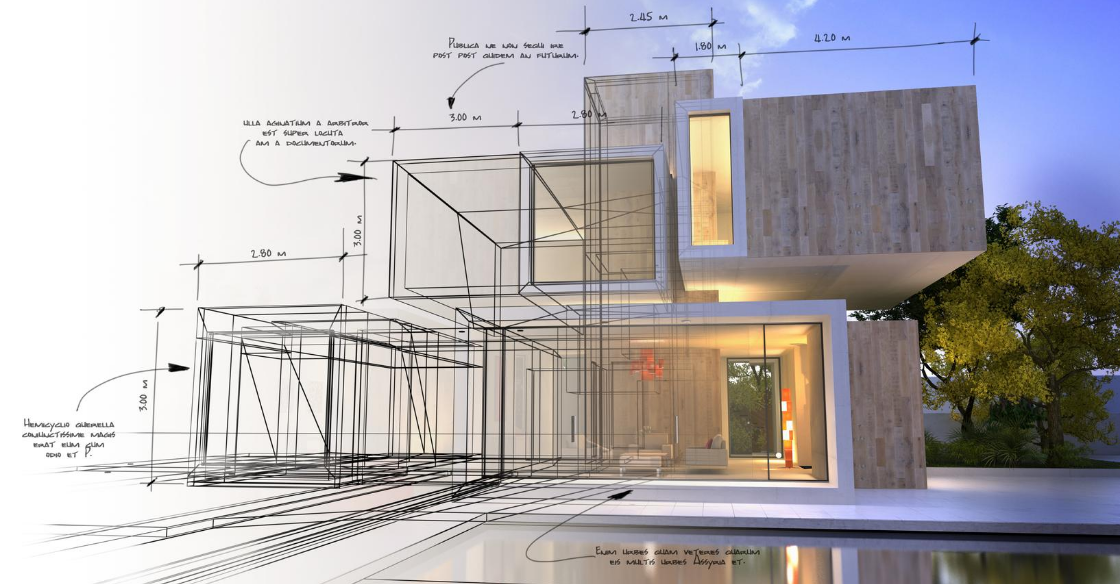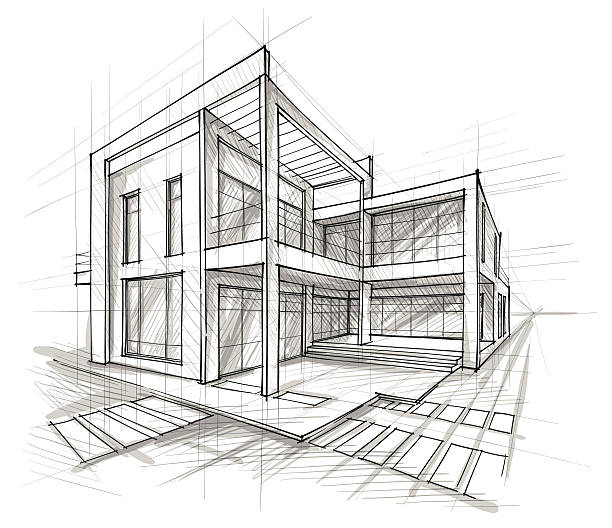Exactly How CDA Architects Include Eco-Friendly Practices in Architectural Projects
Exactly How CDA Architects Include Eco-Friendly Practices in Architectural Projects
Blog Article
The Effect of Technical Improvements on the Style Practices of Contemporary Architects
The fast development of technical devices has considerably improved the layout landscape for modern designers, fostering unprecedented degrees of innovation and sustainability. The integration of Structure Details Modeling (BIM), parametric design, and expert system has not just streamlined partnership amongst varied teams however likewise redefined task implementation. Nevertheless, as designers embrace these advancements, they are challenged with complicated difficulties that can influence their creative processes. Checking out these dynamics discloses a nuanced interplay between innovation and traditional layout methodologies, prompting a closer assessment of what the future holds for architectural practices.
Advancement of Architectural Tools
How have building tools transformed the layout and building processes over the centuries? The evolution of architectural tools has actually dramatically impacted the efficiency, precision, and imagination of style and building and construction. In ancient times, designers count on primary tools such as plumb bobs, measuring rods, and fundamental geometry to develop frameworks. These devices laid the foundation for very early architectural practice, allowing for the building of renowned structures, albeit with constraints in accuracy and complexity.
With the introduction of the Renaissance, the intro of the compass and the protractor marked a critical change. These devices made it possible for architects to achieve better accuracy in their designs, facilitating the emergence of even more detailed and in proportion buildings (cda architects). The Industrial Change further revolutionized architectural technique with the introduction of mechanized devices and materials, enabling for bigger and more enthusiastic jobs
In the 20th century, the growth of computer-aided style (CAD) software program transformed the landscape when again, providing designers with unmatched capabilities in modeling and visualization. Today, advanced tools such as Structure Details Modeling (BIM) and parametric style software application proceed to press the boundaries of building technology, enabling a much more integrated strategy to layout and construction processes.

Boosted Partnership in Style
As technology continues to develop, enhanced collaboration in style has actually ended up being a cornerstone of modern-day architectural technique. The combination of digital tools such as Building Information Modeling (BIM), cloud-based platforms, and advanced visualization software has actually changed the means designers, engineers, and stakeholders interact throughout the design procedure. These tools assist in real-time interaction, permitting groups to share ideas, alterations, and feedback instantly, no matter geographical location.
Additionally, virtual fact (VR) and enhanced truth (AR) have further enriched joint efforts by enabling immersive experiences that allow customers and staff member to envision jobs in an extra engaging fashion. This level of communication not only boosts understanding but likewise promotes a feeling of ownership amongst stakeholders, bring about more enlightened decision-making.
Furthermore, interdisciplinary partnership has actually been structured through these technological advancements, enabling engineers to function extra carefully with other experts, such as city organizers and ecological professionals. The result is an extra natural method to develop that thinks about numerous point of views and know-how. Inevitably, enhanced collaboration in design is not merely a trend; it is crucial for creating innovative, practical, and aesthetically pleasing architecture in a progressively complicated world.
Sustainability Through Technology
Sustainability in style has actually progressively become intertwined with technical innovation, driving the industry towards eco liable methods - cda architects. Contemporary designers are leveraging advanced technologies to reduce ecological impact while enhancing the performance of structures. One noticeable instance is making use of Building Info Modeling (BIM), which permits for accurate planning and source allotment, minimizing waste during building and construction and promoting power performance throughout a building's lifecycle
In addition, clever materials and energy-efficient systems are being integrated right into layouts to optimize resource usage. Technologies such as solar batteries and environment-friendly roof covering systems harness renewable resource sources, contributing to lowered carbon impacts. Additionally, the application of fabricated knowledge in layout processes allows architects to replicate and examine energy intake, assisting choices towards even more sustainable results.
The assimilation of sustainable innovations not just aligns with international ecological goals however additionally satisfies a raising demand from customers for green solutions. As designers welcome these developments, the focus shifts towards producing rooms that are not only aesthetically try this web-site pleasing however also functionally sustainable, therefore redefining the criteria of modern style. This way, innovation acts as a catalyst for sustainability, allowing engineers to make buildings that respect and boost the all-natural atmosphere.
Challenges in Implementation
While technological developments in architecture hold fantastic pledge for improving sustainability, their application usually runs into substantial challenges. One primary barrier is the steep learning contour associated with brand-new technologies. Architects and construction specialists might need substantial training to effectively utilize sophisticated software and tools, which can delay task timelines and boost prices.
In addition, the assimilation of emerging innovations, such as Structure Info Modeling (BIM) and sustainable products, usually demands collaboration throughout multidisciplinary groups. This cooperation can be impeded by differences in expertise, workflows, and communication designs, causing possible disputes and ineffectiveness.
Financial restrictions additionally complicate the adoption of cutting-edge technologies. Numerous architectural companies, especially smaller ones, might lack the sources to invest in advanced tools, limiting their capacity to compete with bigger companies that can afford such financial investments.
Moreover, governing structures and building ordinance may not keep pace with technical advancements, creating obscurity and possible compliance issues. This difficulty can inhibit designers from totally accepting new modern technologies, as the threat of non-compliance might outweigh the benefits. Addressing these application obstacles is essential for the successful combination of technical advancements in contemporary building techniques.
Future Trends in Style
The challenges associated with the application of new technologies in style have triggered a reevaluation of future fads within the market. As architects browse concerns such as sustainability, urbanization, and social equity, they are increasingly taking on cutting-edge technologies to improve style performance and environmental performance.
One noticeable fad is the combination of expert system (AI) in the style procedure. AI tools can evaluate substantial datasets to educate style choices, improving both creativity and functionality. Structure Details Modeling (BIM) proceeds to evolve, making it possible for real-time cooperation among stakeholders and facilitating streamlined task administration.
Sustainable design methods are additionally getting momentum, with designers concentrating on adaptive reuse and regenerative style principles that lessen source consumption and waste. The incorporation of clever materials and eco-friendly energy sources will better enhance the strength of buildings when faced with environment modification.
Furthermore, the rise of my sources parametric layout permits for more tailored and context-sensitive building services. By harnessing these innovations, engineers are poised to develop built environments that not only resolve the instant needs of culture yet additionally prepare for future difficulties, thus redefining the function of style in an ever-changing world.
Conclusion

Report this page